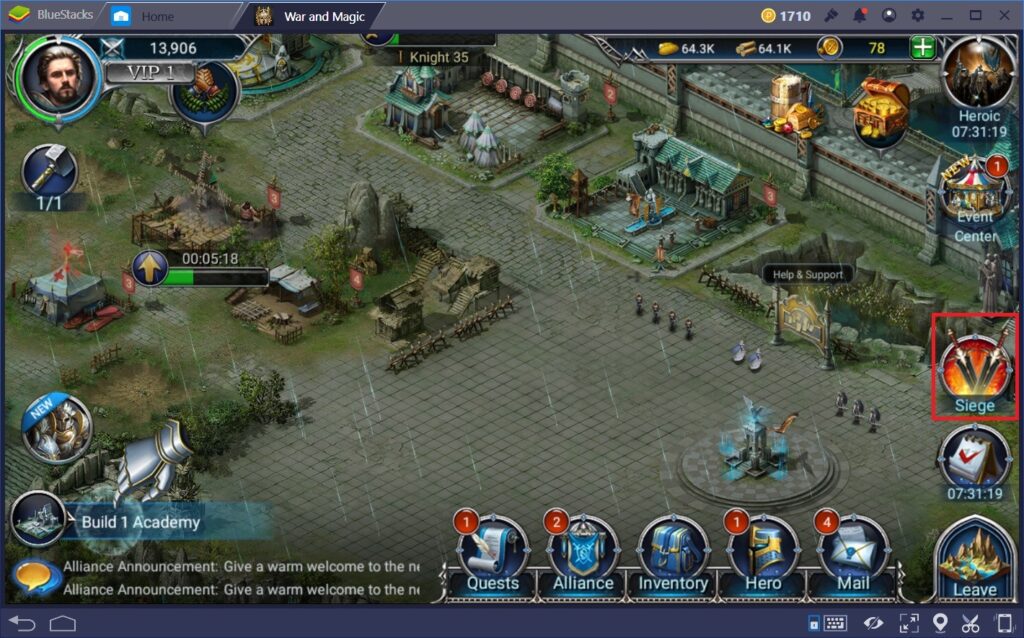Visual effects have come a long way in video games since 16-bit graphics were first introduced. There are several techniques that developers use to create visual effects in video games, including particle systems, screen space effects, and post-processing effects. Additionally, developers use tricks such as shader tricks, texture mapping tricks, and animation tricks to create mesmerizing visual effects. These techniques and tricks enhance immersion and create a more realistic overall experience for players. As technology continues to advance, the possibilities for visual effects in video games will become endless, heightening the immersion to an unprecedented level.
The Magic of Visual Effects in Video Games: Techniques and Tricks
Introduction
Visual effects in video games have come a long way since the inception of 16-bit graphics. As technology evolved, so did the ability to create breathtaking visual effects that enhance immersion and make video games stand out. These visual effects can include anything from bright and colorful explosions to realistic water and movements of objects.
Techniques Used in Visual Effects
There are several techniques that developers use to create visual effects in video games. The most common are:
Particle Systems
Particle systems are used to create various effects such as smoke, fire, and explosions. This technique works by controlling a large number of small graphics called particles, which simulate real-world behaviors of smoke, fire, and other effects.
Screen Space Effects
Screen space effects are used to create illusions of depth and realism in a limited visual field. Examples of these are motion blur and depth of field effects, which simulate the focus of a camera in a limited field of view.
Post-Processing Effects
Post-processing effects are used to enhance visual effects after the image has been rendered. These effects can include color grading, lens flares, or bloom effects, which add depth and vibrancy to the visual effects.
Tricks Used in Visual Effects
In addition to the above techniques, there are some tricks used by developers to create mesmerizing visual effects in video games.
Shader Tricks
Shaders are programs used to create visual effects on a 3D object, such as textures or lighting effects. Developers can use advanced shader programming techniques to create various effects and illusions such as making a person’s skin look wet, or particles appearing to have a glowing quality.
Texture Mapping Tricks
Texture mapping is used to create the illusion of a 3D object by adding textures to a 2D object. Developers can use texture mapping tricks such as normal mapping to create the appearance of bumps and depth on a flat surface, enhancing the realism of the image.
Animation Tricks
Animation tricks such as motion capture are used to create smooth and realistic movements of 3D characters. Motion capture involves recording human movements and using the data to create realistic animations of characters in video games.
Conclusion
Visual effects in video games play a significant role in creating the overall experience of a player. By using a combination of techniques and tricks, developers can create visual effects that are both realistic and mesmerizing. As technology continues to evolve, the possibilities for visual effects in video games will become endless, and the immersion will be heightened to an unprecedented level. The magic of visual effects in video games is not just in what we see, but in how we feel when we experience it.
